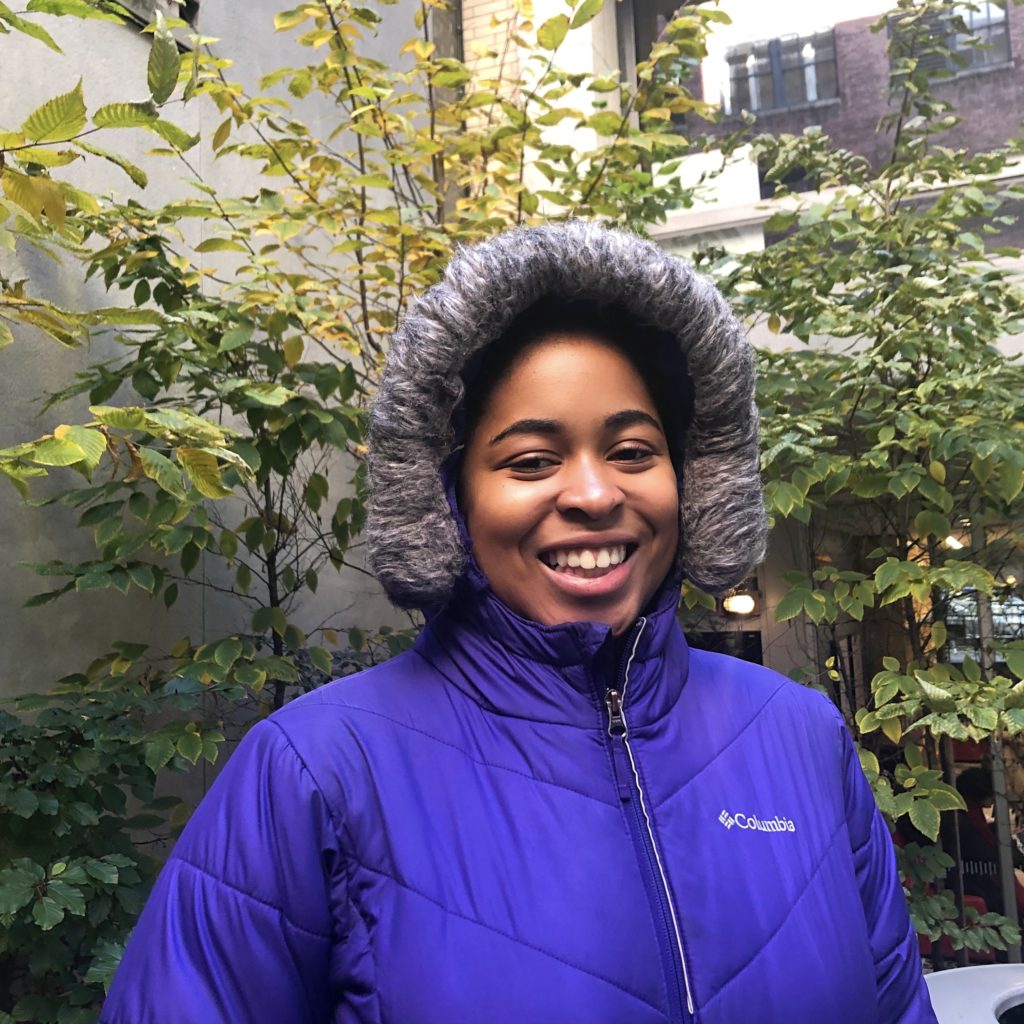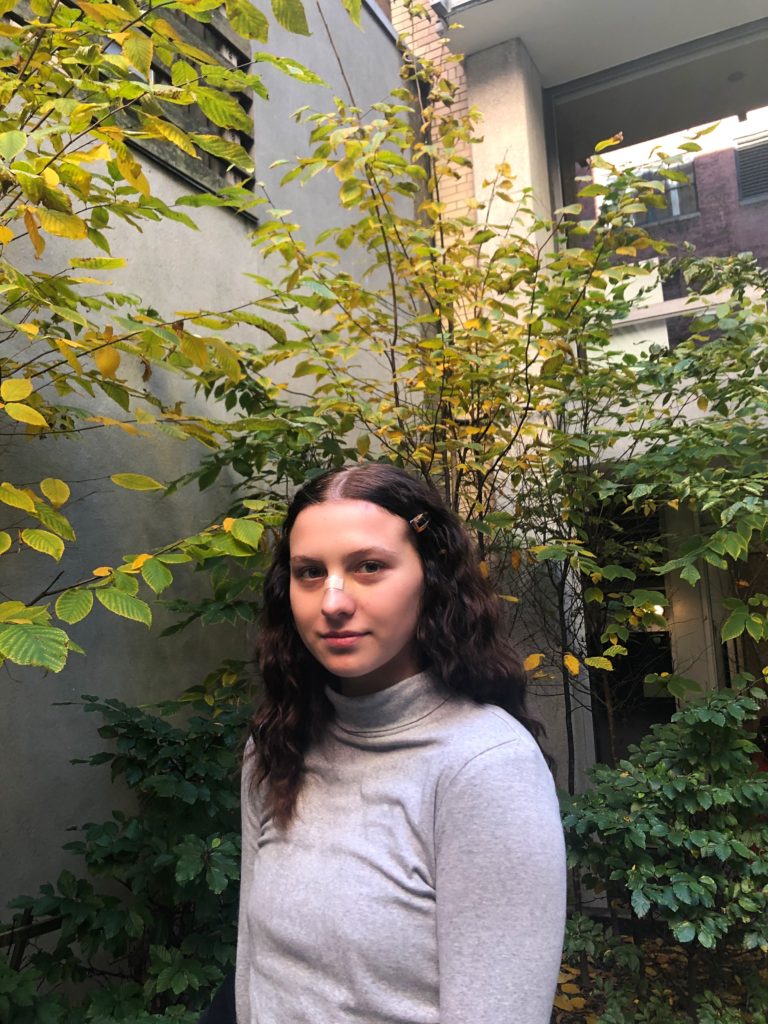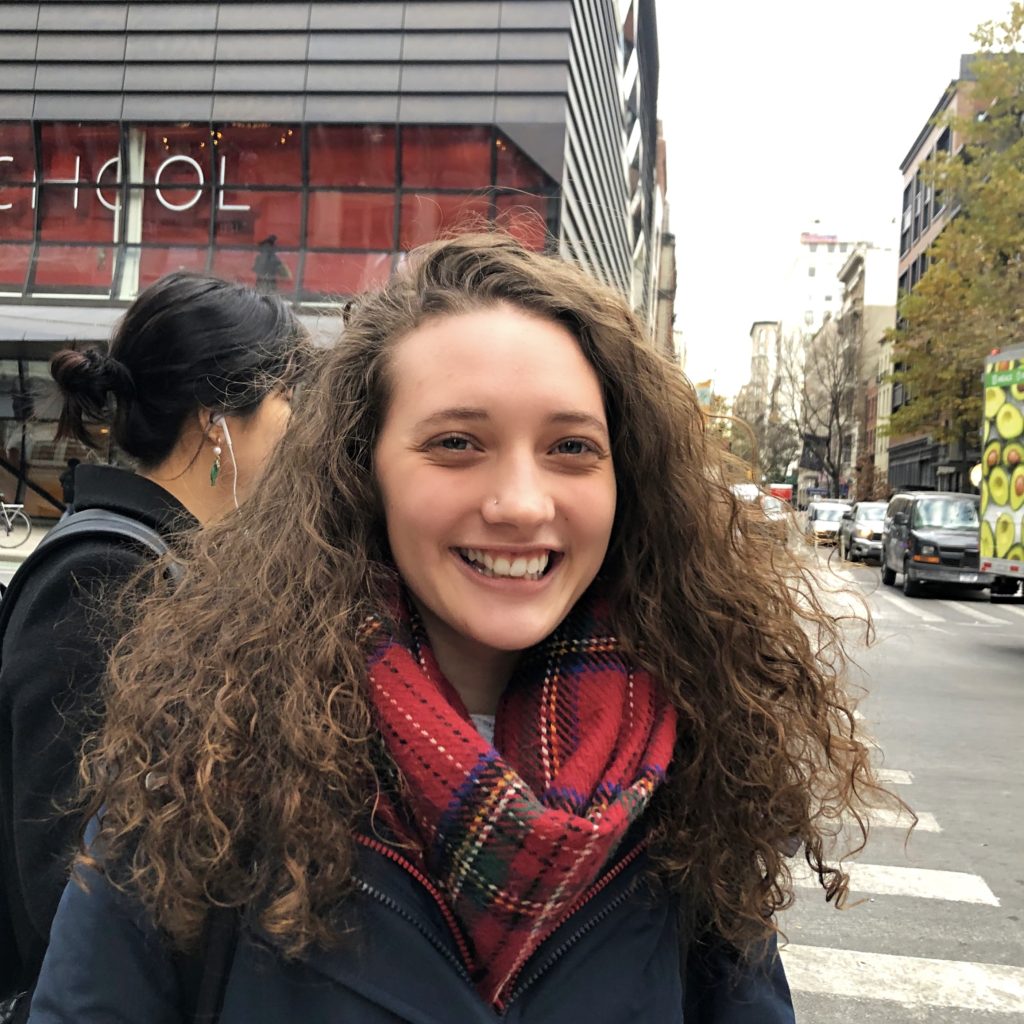Broadway Dance Center: $22 per drop-in class, $95 for 5 classes
Gibney Dance: $19 per drop-in class, $85 for 5 classes
Peridance: $17 per drop-in class, $72.50 for 5 classes
Movement Research: $60 for 5 classes
Being a professional dancer requires being able to take dance classes of different styles consistently, but in New York City, classes are expensive, and on top of being a full time student and working to pay the bills, it makes for a pretty busy schedule. Taking classes is not the only expense that is demanded in the dance world, however. Four dance students at The New School described the different expenses of dancing–and how it impacts their lives.
LAUREN QUEEN, 21, a contemporary dancer and a fourth year dance major at Eugene Lang.

Queen frequently attends dance classes around New York City and has made it a priority to budget her dance training into her busy schedule. By working multiple jobs, couponing, and her talent for finding discounts she has been able to navigate through the NYC dance scene.
“I take dance class around the city mainly at Peridance because I’m in the work study program, so I get discounted classes. I work a few hours and for every hour I work I get a $7 class instead of the regular price which is somewhere between $18 to $20 classes, so it’s much cheaper.”
Queen: To afford dancing I do work, I have a couple different jobs. My main one is at a fitness studio, I’m also an usher at a theater, and I occasionally walk dogs. I’ve also worked for the school a couple of times for project based things.
It’s pretty hard being a student and a dancer. I mean it’s good because we have class on a regular basis, so I don’t have to worry about getting into ballet class because I know I have twice a week anyway, but it’s also difficult because if I want to take other classes there is so much overlap with class time.
VIOLET SPANN, 21, a contemporary dancer and third year dance major at Eugene Lang.

Spann is an intern at American Ballet Theater and assists classes for the lower levels, but only receives $250 per semester. In October, she sprained her ankle and broke her nose. She had to pay high fees in order to receive medical attention.
“I had to go to CityMD and had to pay a $55 copay just immediately all for them to put a bandage on my nose.”
Spann: I don’t take class in the city I only take class only through the school, but people have invited me to come take class at BDC or Peridance, but those classes are usually around $20 for those things. I’m already taking four dance classes at school and I’m dancing everyday, so I’m kind of like what’s the point? I could afford to take dance class somewhere every once in a while, but it’s not something I could do regularly.
The biggest expense through dance that I experienced recently is injuries. I have been injuring myself a lot recently while dancing, I sprained my ankle and broke my nose within the same month. I didn’t necessarily have to pay out of pocket because I went to student health services for my ankle and they gave me the things that I needed, but nothing is free at this school.
If you injure yourself while dancing it costs so much. Dancing takes so much out of you and it asks a lot of your body. Walking in the cold to get to dance class, showing up and getting right into it, and then going too hard and hurting yourself is another cost of dancing in New York City.
FRANK MARTINEZ, 21, a contemporary dancer and a fourth year dance major at Eugene Lang.

Martinez enjoys exploring in his own choreography frequently incorporated film into his work. He hopes to move to Los Angeles in order to continue his career, but as a lifelong New Yorker he has a lot of experience with the ups and downs that the dance world of the city has to offer.
“I am trying to pursue an MFA program in choreography and through that I hope to build my own dance company.”
Martinez: On average classes are $18 and up, the most expensive being at Broadway Dance Center which is $22 and there’s no way it’s sustainable for a dancer to continuously taking class and trying to pay rent at the same time. It’s pretty much the culture right now for New York City dancers to handle multiple jobs at once, while sustaining their own dance career. It’s not fair for a dance artist to not only having to do all this work on the side, but also make a choice about what they use their money for.
Gibney and Mark Morris both told me that another way to balance being a student with the internship is through receiving credit. But if you do credit they aren’t going to pay you. So now you have to make a choice and say, “This is an opportunity to sustain myself and get the experience, but if I can’t use that money to take classes then what’s the point?”
The dance world in New York is all about who you know and about the people who can get you to other places. A lot of the connections you make can be through internships, but the problem with dance companies is that a lot of them don’t even have the money to pay their own members, so they can’t pay interns. Therefore, it only provides opportunities for people who can have a second income source like their parents.
SIOBHAN MCPHAIL, 20, a contemporary dancer and third year dance major at Eugene Lang.

McPhail recently became a company member with the Brooklyn Irish Dance Company and performed in A Celetic Christmas Story. Irish dance is very specific and requires rigorous training. McPhail has to find space for practice in inventive ways.
“This year has been rougher dance space wise because I don’t have a roof.”
McPhail: I’m an Irish dancer and there’s no Irish dance classes in Manhattan. I was lucky enough to have a contact here when I moved to New York, so I contacted them and they told me about their classes. They hold classes in Long Island twice a week and in Brooklyn once a week.
So, in my freshman year with my schedule I ended up going to Long Island once which takes a while. It’s a two hour trip with everything combined. I used to take the subway to Penn Station, then take the Long Island Railroad to Mineola, then I would walk from the Mineola train station to the studio which was about a mile. That train ticket was $12, so every week I was paying $12 plus whatever I was paying for the class.
Now I take the subway from school to Queens and get on one of the nice buses and take it all the way to the studio. So it’s a lot less walking, but a longer journey. But it costs less.
I don’t have money to rent out dance space, and The New School has made the fitness center less accessible to students. I used to be able to go down there between classes, dance as long as I wanted, and then leave. But now you have to request access, that in itself takes a long time because they take a long time getting back to you. They just did this and no one knows that they changed the policy. For example, a couple of weeks ago I came down here wanting to practice and was locked out.







